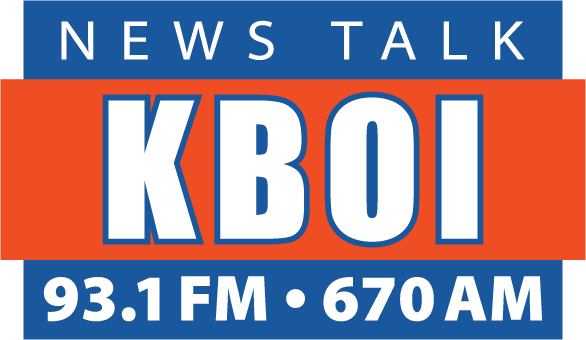In Idaho, our state legislature meets for only three months annually, starting in January and ending in late March. Occasionally the session goes a little longer if legislative leaders believe there is unfinished business. When new laws are passed and signed by the governor, they generally go into effect on July 1 of the same year. In Minnesota, the state legislature meets from January until late May, and some of their new laws kick in July 1, but others are delayed until August 1. As of August 1, Minnesota is the newest state where adults can recreationally smoke marijuana. News outlets there were abuzz Tuesday about the new cannabis ordinances, and a few of the stories online mentioned some of the other new Minnesota laws also taking effect. For instance, it’s now permissible for Minnesota bicyclists to do Idaho stops. So what’s an Idaho stop? It’s something many Idahoans know nothing about, but you can see it demonstrated every day. An Idaho stop is the common name for laws that allow bicyclists to treat a stop sign as a yield sign and treat a stoplight as a stop sign. That means that if you’re riding a bike down the street in Boise and come to a stop sign, if there are no motor vehicles coming, you’re free not to stop. You can keep riding without even slowing down. If you come to a red light, you do have to stop, but you don’t have to wait for a green light. You can go as soon as the coast is clear. It’s called an Idaho stop because our legislature passed a law permitting them in 1982. Idaho was the first state to enact the law, and the second state to enact it, Delaware, didn’t do so until 35 years later in 2017. Delaware only enacted the part pertaining to stop signs, though, and voted against the stop-and-go maneuver at a red light. Since then, eight other states and the District of Columbia now permit Idaho stops.








